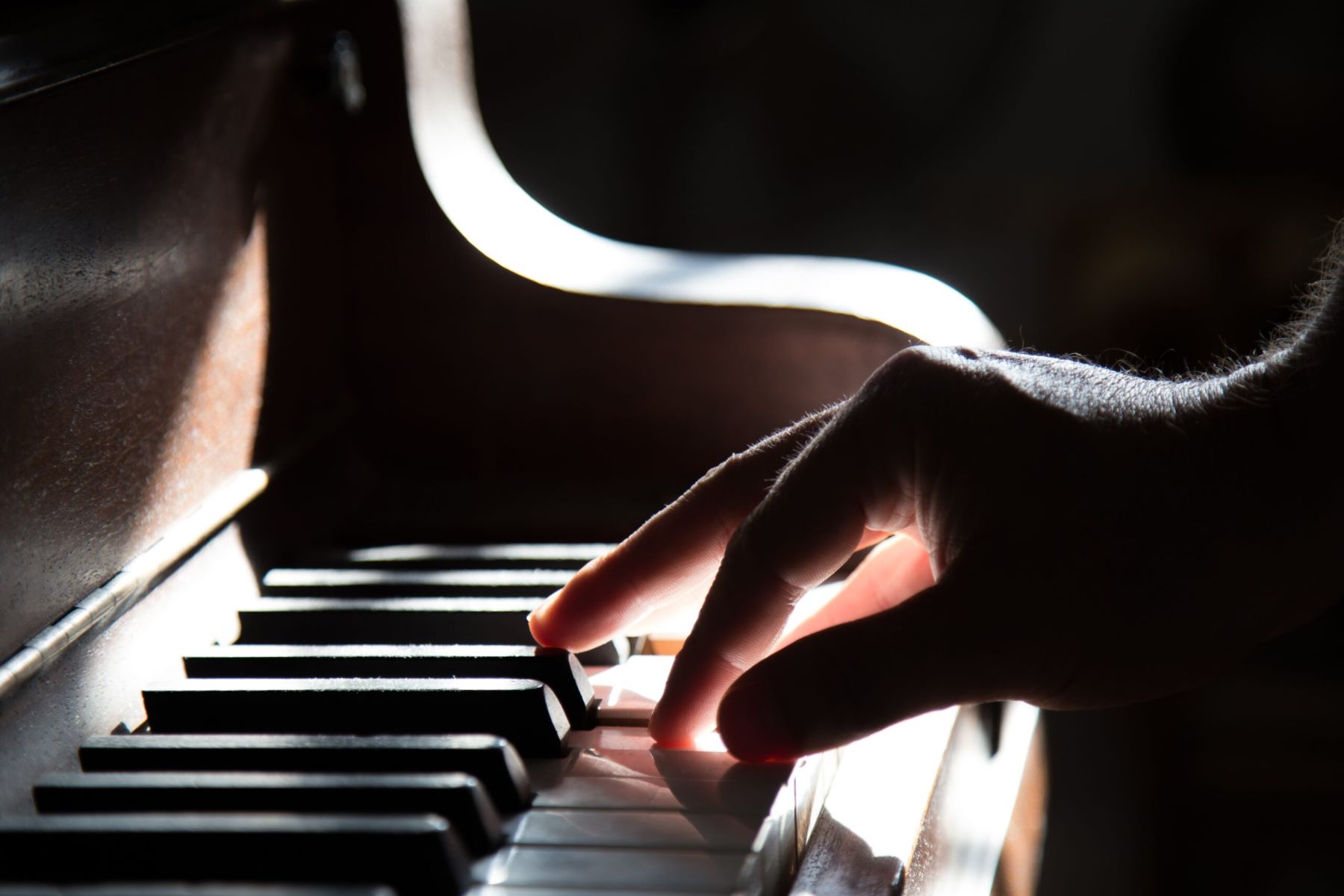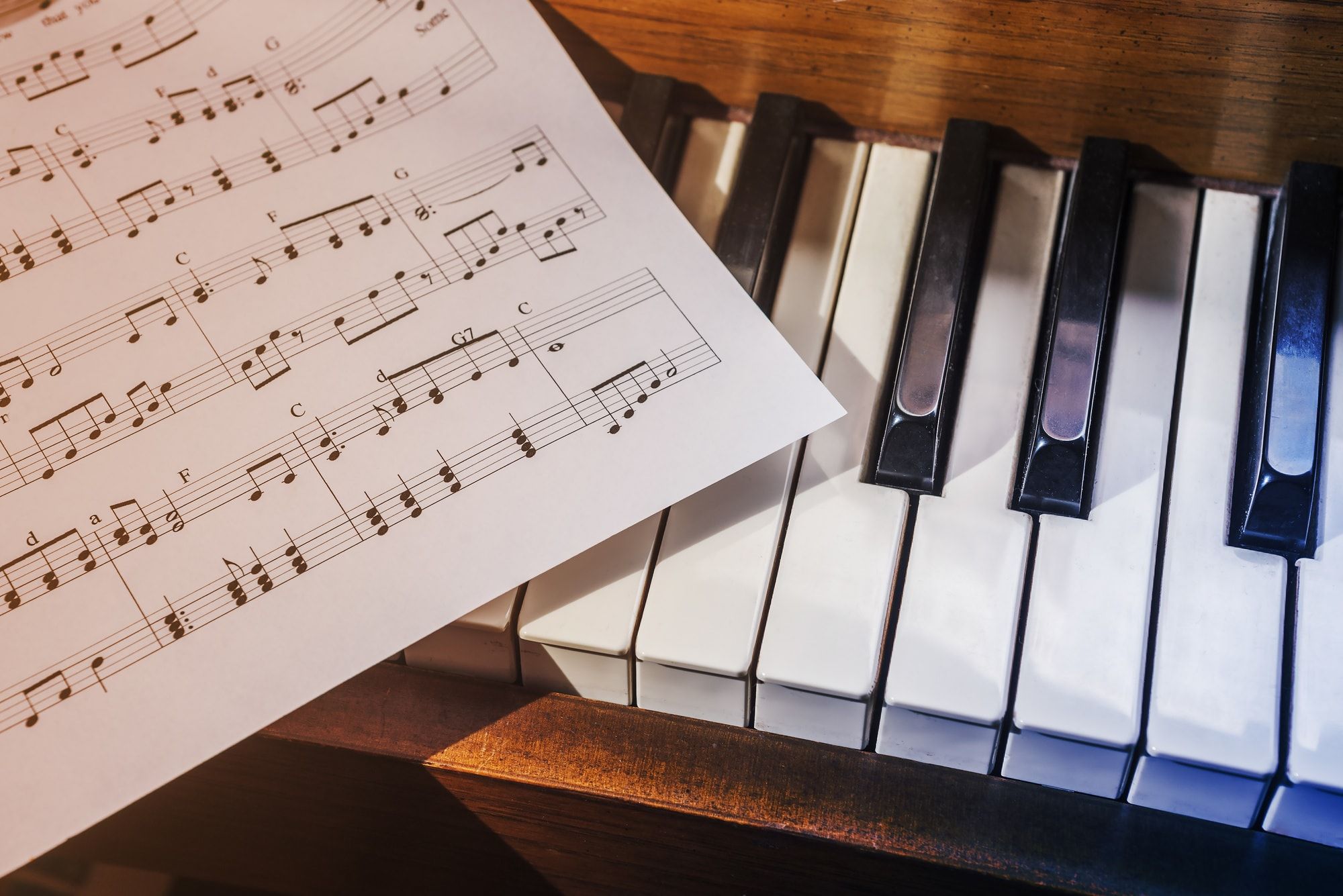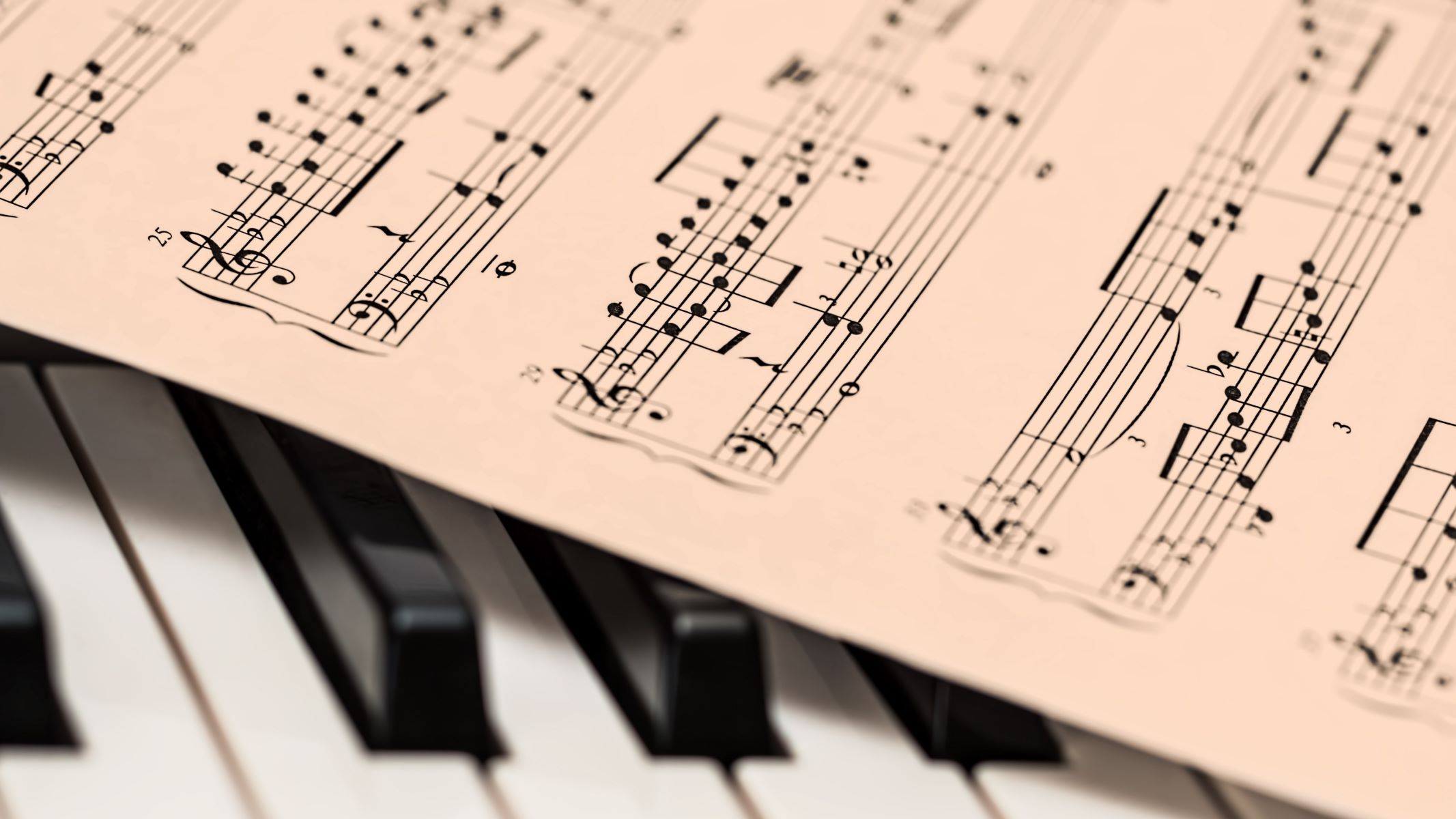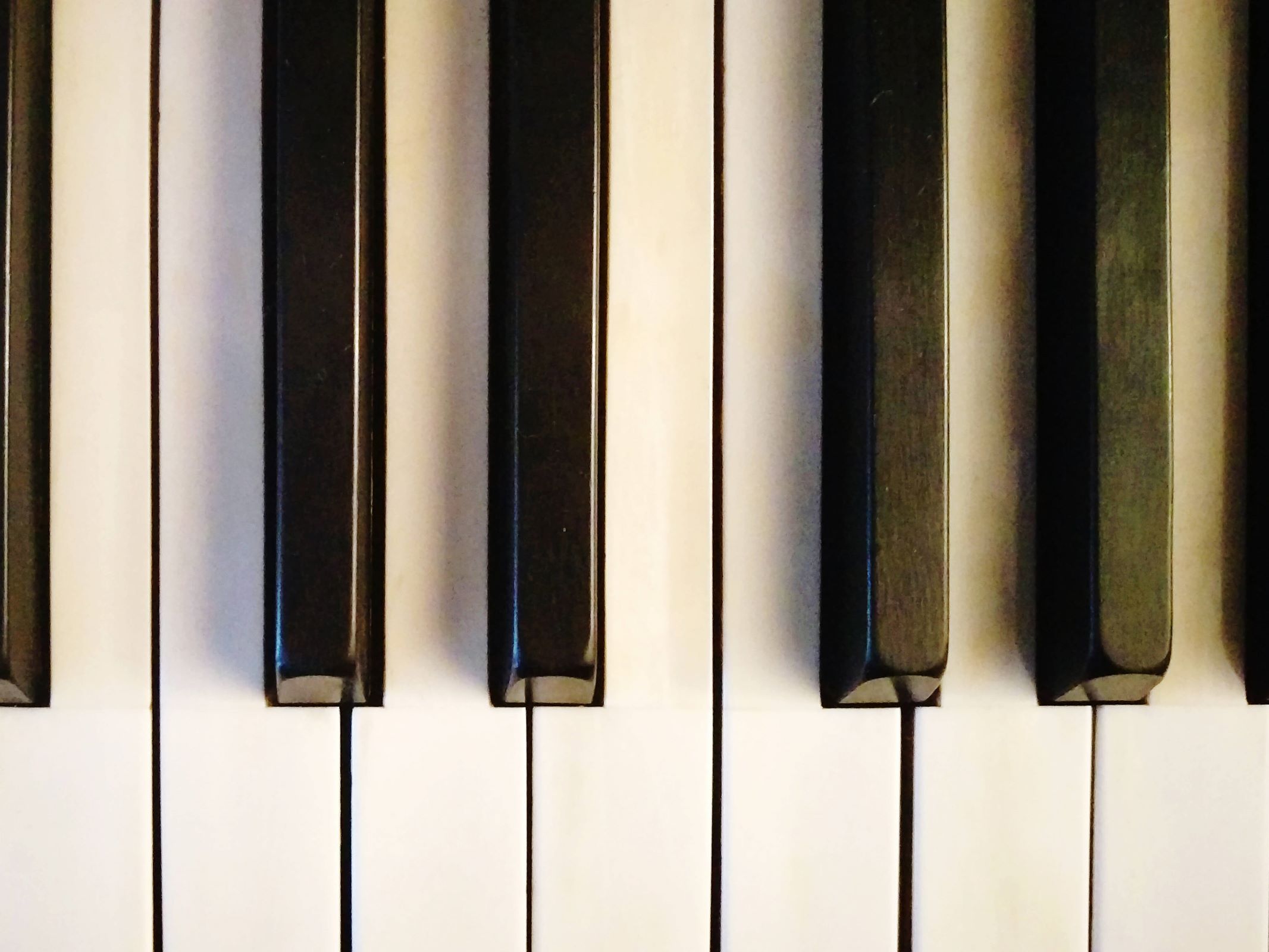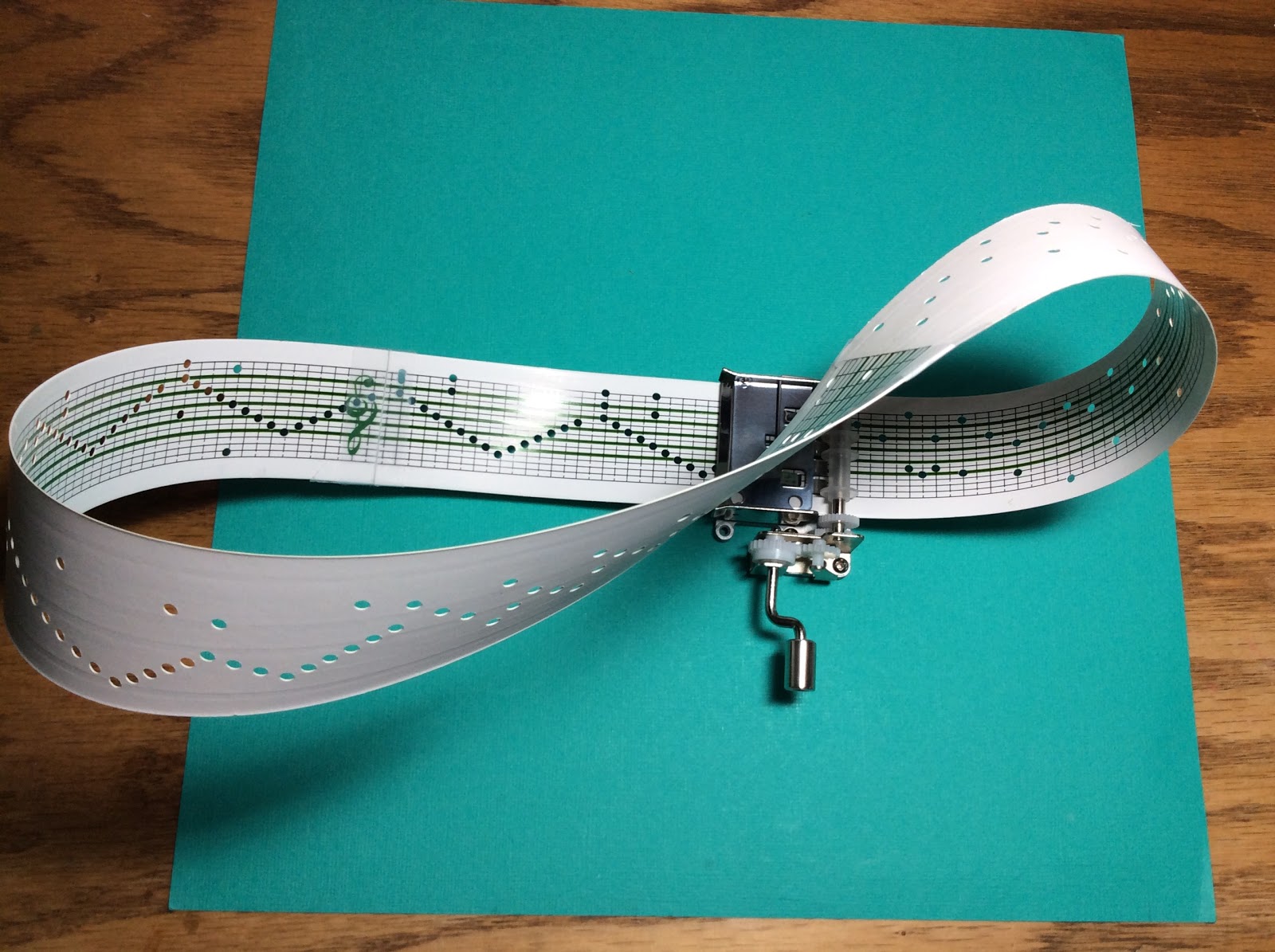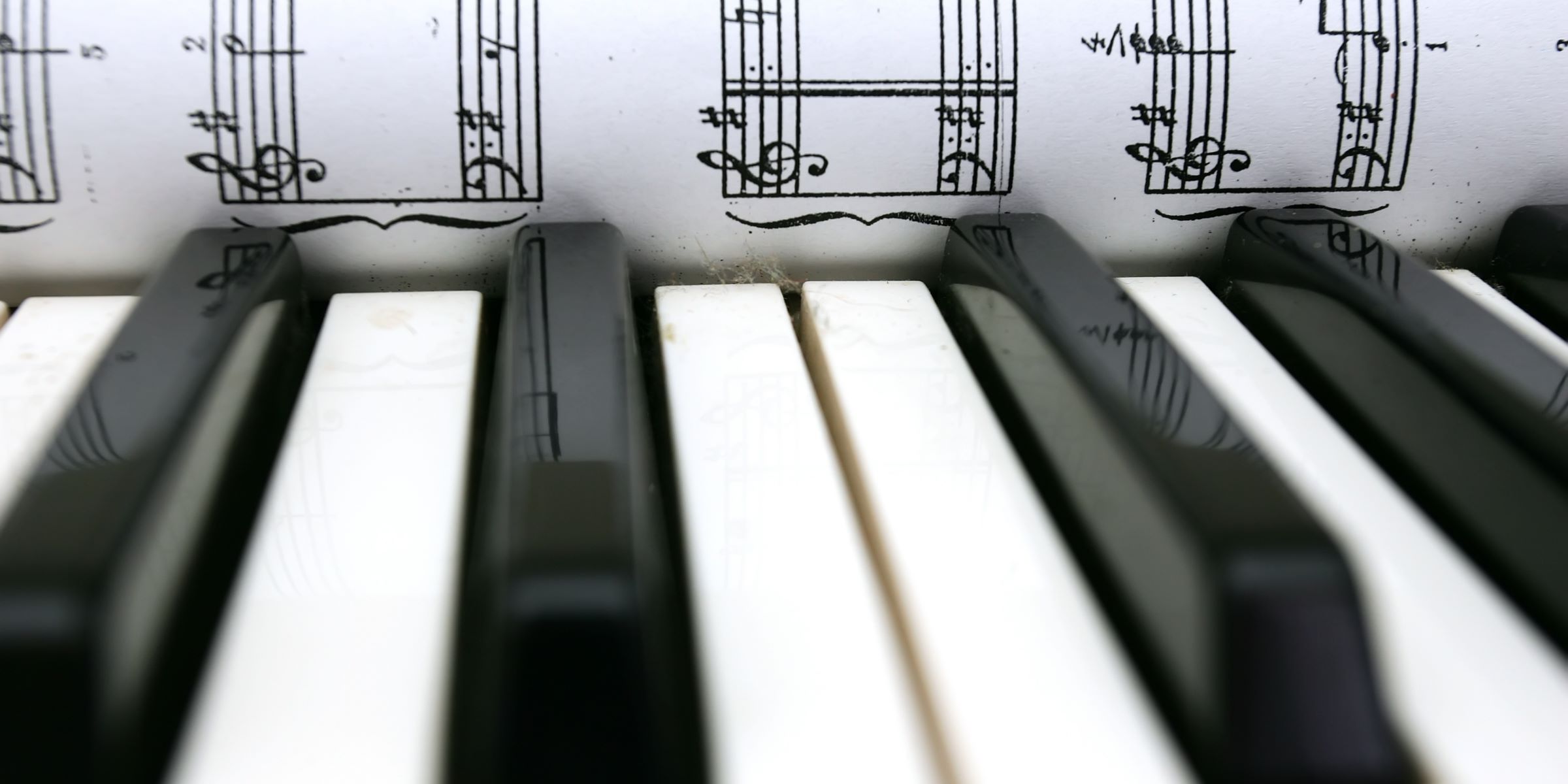Home>Instruments>Piano>How Many Notes Are On A Standard Grand Piano
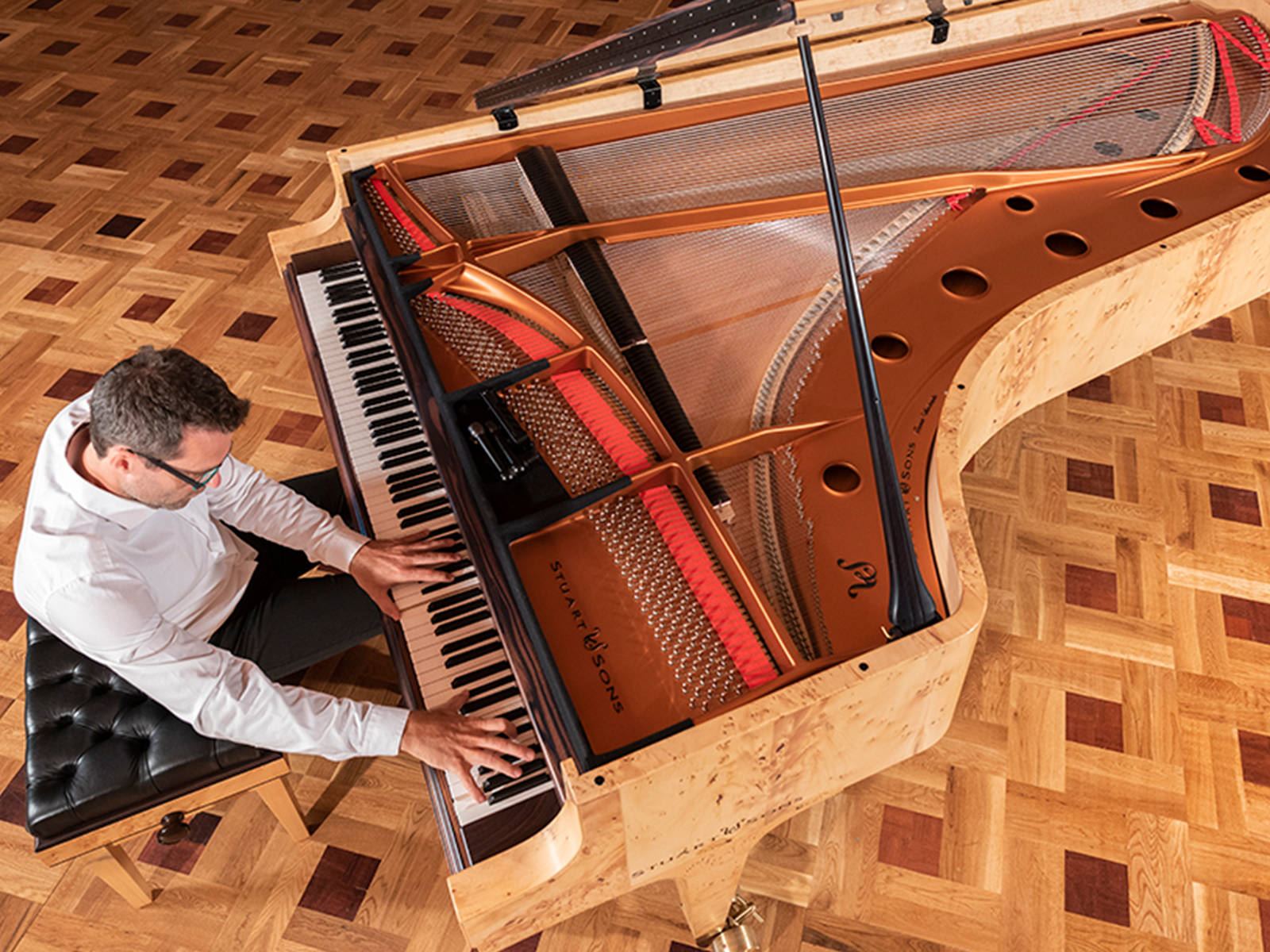

Piano
How Many Notes Are On A Standard Grand Piano
Published: February 10, 2024
Discover the answer to "How many notes are on a standard grand piano" and explore the intricacies of piano keys and octaves. Learn more about piano composition and design.
(Many of the links in this article redirect to a specific reviewed product. Your purchase of these products through affiliate links helps to generate commission for AudioLover.com, at no extra cost. Learn more)
Table of Contents
Introduction
Have you ever been captivated by the mesmerizing sound of a grand piano? The elegance and grandeur of this instrument are matched only by its remarkable musical capabilities. Understanding the intricacies of a grand piano, including the number of keys and the range of notes it can produce, can deepen your appreciation for this timeless instrument.
The grand piano is a masterpiece of engineering and artistry, meticulously crafted to deliver a rich and diverse range of musical tones. From the soft, delicate notes of a lullaby to the thunderous crescendo of a symphony, the grand piano has the ability to evoke a myriad of emotions through its enchanting melodies.
In this article, we will delve into the anatomy of a grand piano, exploring its components and design to gain a comprehensive understanding of this iconic instrument. We will also uncover the number of keys on a standard grand piano and unravel the mystery of how many notes it can produce. By the end of this journey, you will have a newfound admiration for the grand piano and a deeper understanding of its musical prowess. So, let's embark on this melodic exploration and unravel the secrets of the grand piano's harmonious symphony.
Anatomy of a Grand Piano
Before we unravel the mysteries of the grand piano’s musical range, let’s take a closer look at its intricate anatomy. A grand piano is a marvel of craftsmanship, comprising various components that contribute to its exceptional sound production. The key components of a grand piano include the following:
- Frame and Soundboard: The frame of a grand piano provides structural support and stability, while the soundboard amplifies the vibrations produced by the strings, projecting the sound into the surrounding space.
- Strings: The strings of a grand piano are responsible for producing the sound. The lower bass notes have thicker, heavier strings, while the higher treble notes have thinner, lighter strings. This variation in string thickness contributes to the diverse tonal range of the instrument.
- Keys and Hammers: When a pianist strikes a key, it activates a hammer that strikes the corresponding string, producing a musical note. The keys are meticulously weighted and balanced to provide a responsive and dynamic playing experience.
- Pedals: Most grand pianos feature three pedals – the soft pedal (una corda), the sostenuto pedal, and the sustain pedal. Each pedal serves a unique function, allowing the pianist to manipulate the tonal qualities of the instrument.
- Cabinet and Lid: The cabinet of a grand piano not only contributes to its visual appeal but also plays a role in shaping the instrument’s acoustic properties. The lid can be raised or lowered to adjust the projection and resonance of the sound.
These essential components work in harmony to produce the mesmerizing tones that define the grand piano’s signature sound. The meticulous craftsmanship and attention to detail that go into creating each grand piano result in an instrument that is not only a joy to play but also a stunning work of art.
Number of Keys on a Standard Grand Piano
One of the defining features of a grand piano is its expansive keyboard, which offers a wide range of musical expression. A standard grand piano is equipped with 88 keys, providing a vast spectrum of notes that span seven octaves plus a minor third. This impressive range allows pianists to explore a diverse repertoire of musical compositions, from classical masterpieces to contemporary pieces that demand a broad range of pitches and tones.
The 88 keys on a grand piano are divided into two main sections: the lower section, known as the bass register, and the higher section, known as the treble register. The bass register encompasses the lower notes, including the deep, resonant bass tones that add depth and richness to musical compositions. On the other hand, the treble register comprises the higher notes, including the sparkling, crystalline tones that soar above the musical arrangement.
Each key on a grand piano corresponds to a specific musical note, allowing for precise control over pitch and dynamics. The comprehensive keyboard layout empowers pianists to convey a wide range of emotions and musical nuances, making the grand piano a versatile and expressive instrument.
With 88 keys at their fingertips, pianists can unleash their creativity and interpret musical pieces with unparalleled depth and artistry. The expansive keyboard of a standard grand piano serves as a boundless canvas for musical expression, inviting performers to embark on a captivating journey of sonic exploration.
How Many Notes Can a Grand Piano Produce?
A grand piano’s ability to produce an extensive range of notes is a testament to its remarkable craftsmanship and engineering. With 88 keys at its disposal, a standard grand piano can produce a total of 88 unique notes. These notes encompass a wide spectrum of pitches, spanning from the deep, resonant tones of the lowest bass notes to the shimmering, crystalline tones of the highest treble notes.
It’s important to note that the number of notes a grand piano can produce is not solely determined by the quantity of keys, but also by the instrument’s design and construction. The strings, hammers, and soundboard work in unison to bring each note to life, imbuing it with its distinctive timbre and resonance.
Furthermore, the grand piano’s dynamic range allows for nuanced variations in volume and tonal color, enabling pianists to convey a wide array of emotions and musical expressions. From the gentle, whispering pianissimo to the thunderous, commanding fortissimo, the grand piano’s capacity for dynamic contrast adds depth and dimension to each note it produces.
When a pianist strikes a key, the corresponding hammer strikes the string, setting off a chain reaction of vibrations that culminate in the production of a musical note. The strings’ varying thickness and tension, combined with the precise engineering of the hammers and soundboard, contribute to the grand piano’s ability to generate a diverse palette of notes, each with its own unique character and resonance.
Ultimately, the grand piano’s capacity to produce a multitude of notes is a testament to its status as a premier musical instrument, revered for its versatility, expressiveness, and ability to captivate audiences with its enchanting melodies.
Conclusion
Exploring the intricacies of a standard grand piano reveals a world of musical possibilities and artistic expression. From its meticulously crafted components to its expansive keyboard and remarkable tonal range, the grand piano stands as a paragon of musical excellence.
With 88 keys at its command, a standard grand piano offers pianists an extensive canvas for musical creativity, enabling them to traverse the depths of the bass register and ascend to the heights of the treble register with seamless fluidity. The instrument’s ability to produce 88 unique notes, each imbued with its own distinct timbre and resonance, underscores the grand piano’s capacity to convey a rich tapestry of emotions and moods.
Furthermore, the grand piano’s dynamic capabilities, from the gentlest pianissimo to the most commanding fortissimo, empower performers to infuse their interpretations with a captivating range of volume and tonal color. This dynamic expressiveness elevates the grand piano to a pinnacle of musical artistry, allowing pianists to breathe life into each note with unparalleled depth and sensitivity.
As we conclude our exploration of the grand piano’s musical range, we are reminded of its enduring legacy as a symbol of elegance, sophistication, and sonic beauty. Whether performing timeless classical compositions or innovative contemporary pieces, the grand piano remains an instrument of boundless inspiration and artistic allure.
In essence, the grand piano’s ability to produce a myriad of notes is a testament to its status as a timeless icon of musical excellence, captivating audiences and musicians alike with its enchanting melodies and evocative harmonies.

